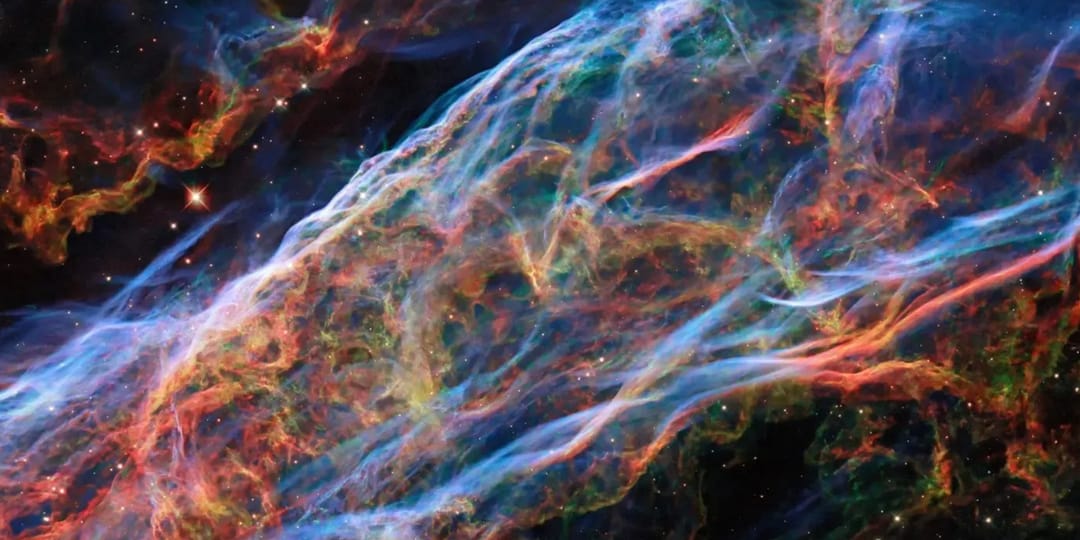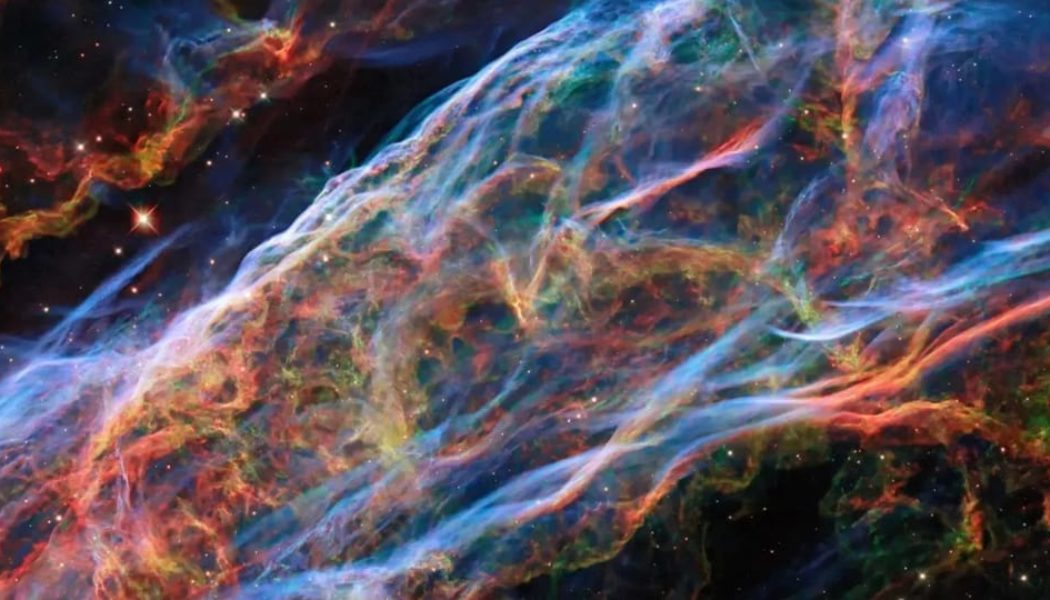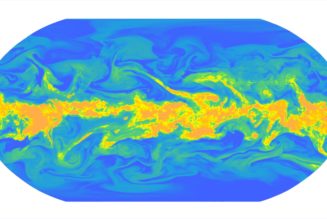
NASA has a new mission dedicated to studying the formation of new star systems, specifically how they emerge in space after stellar deaths. The space agency kicked off its Integral Field Ultraviolet Spectroscopic Experiment (INFUSE) mission by sending off a rocket from New Mexico on Sunday, October 29.
NASA explained that a constellation called Cygnus is on display throughout the northern hemisphere for a few months out of the year and within it is a supernova, the Cygnus Loop.
The Loop is the remnants of a star that was measured to be about three times the size of the Sun prior to exploding under its own gravity. That event gave way to the formation of Cygnus Loop nearly 20,000 years ago.
With INFUSE, NASA is aiming to learn about supernovae’s formation from the dust and gas leftover from bygone stars, which gives way to not only new stars but also entire star systems and planets.
For the mission, NASA created a telescope that measures far-ultraviolet light to look closer at some of the gas leftover from the explosion, still “sizzling” at temperatures ranging between 90,000 and 540,000 degrees Fahrenheit (about 50,000 to 300,000 degrees Celsius).
The rocket contains a spectroscope, an instrument that looks at what the light and gas are made out of and how it has moved over time.
“With these first-of-their-kind measurements, we will better understand how these elements from the supernova mix with the environment around them,” INFUSE principal investigator Brian Fleming said. “It’s a big step toward understanding how material from supernovas becomes part of planets like Earth and even people like us.”
In other tech news, Elon Musk plans to make X a dating app.









